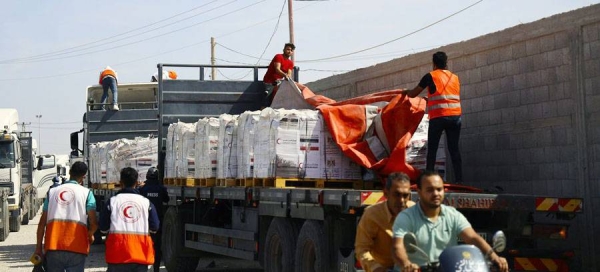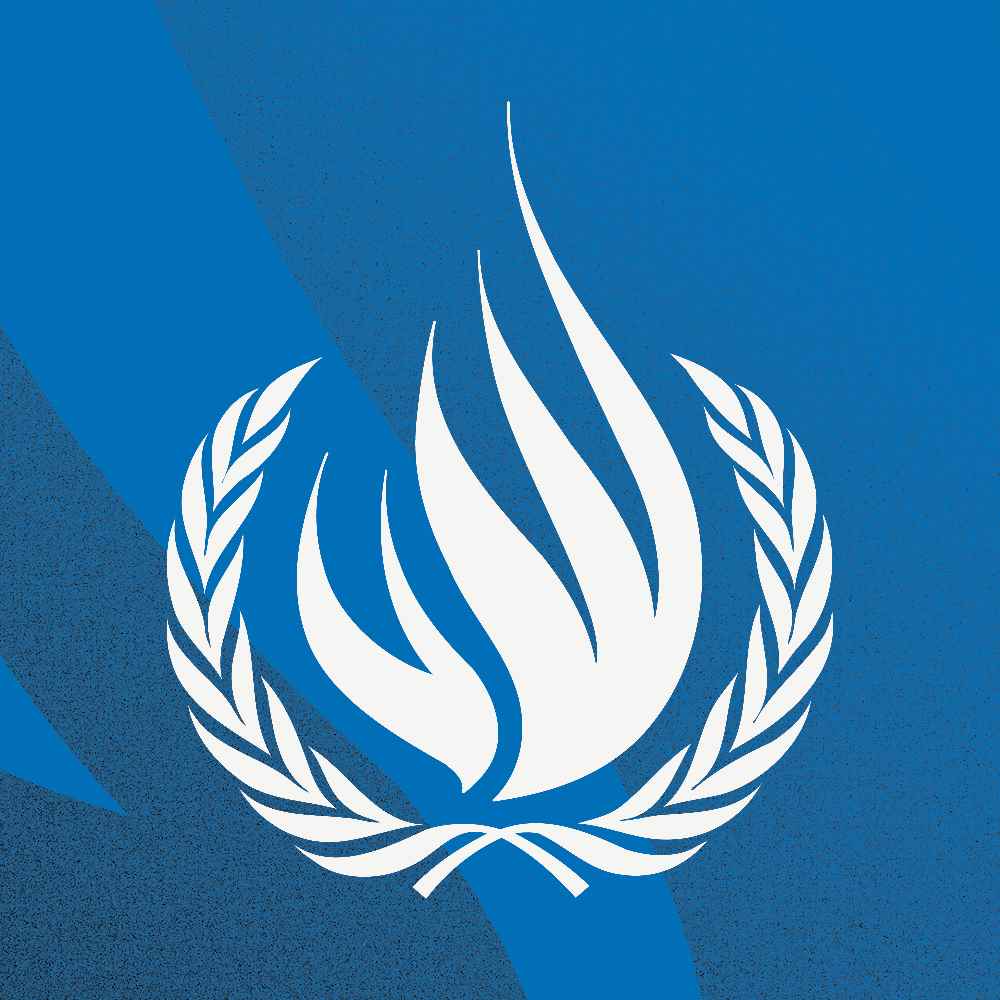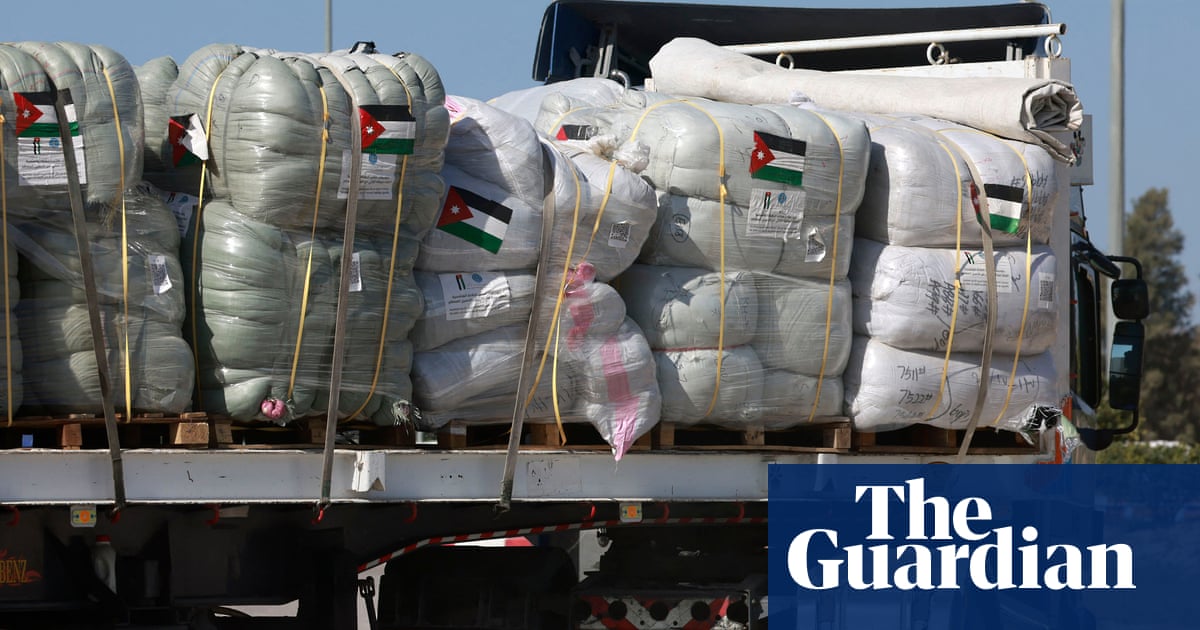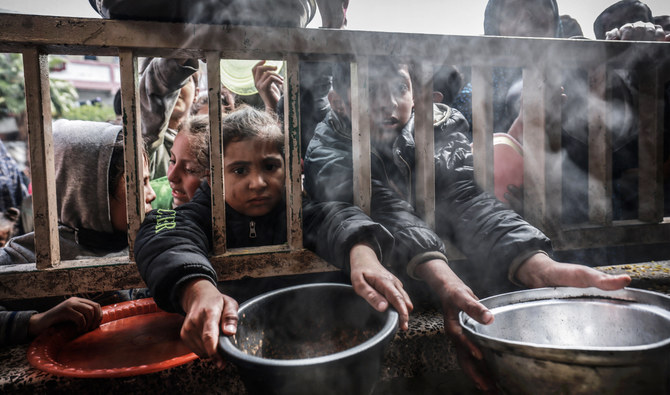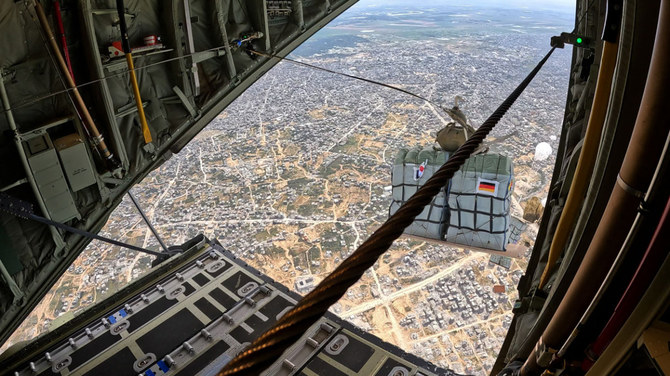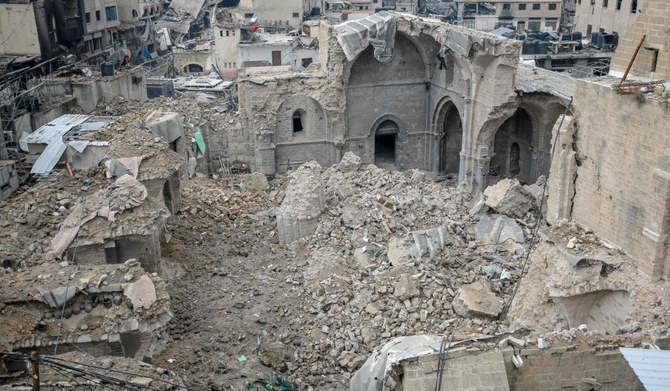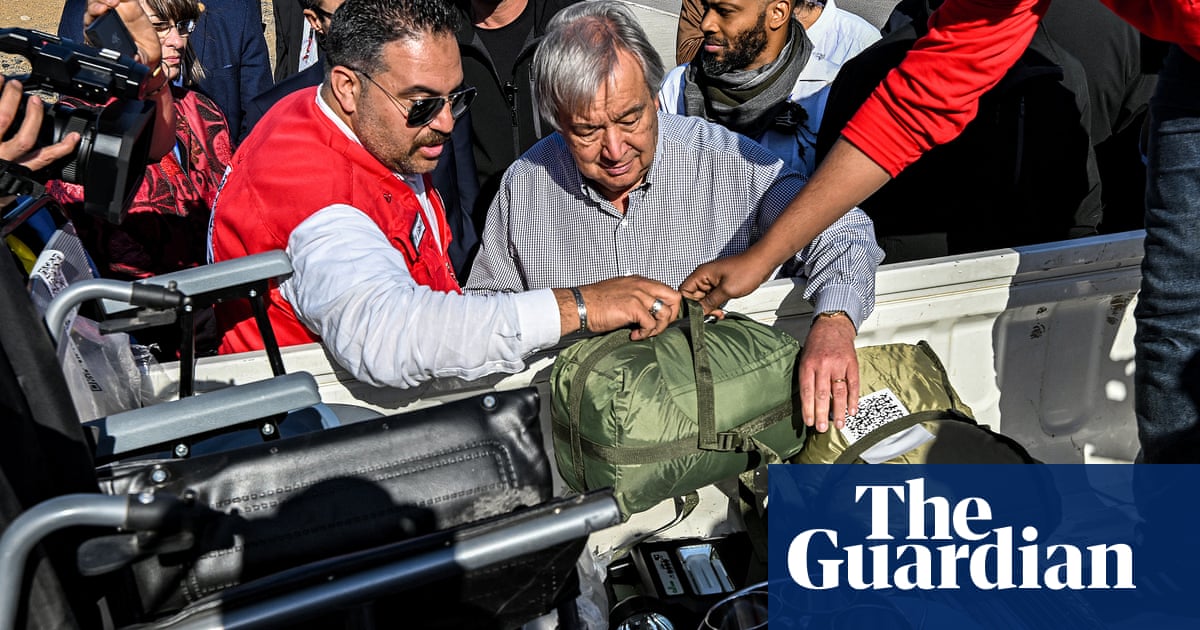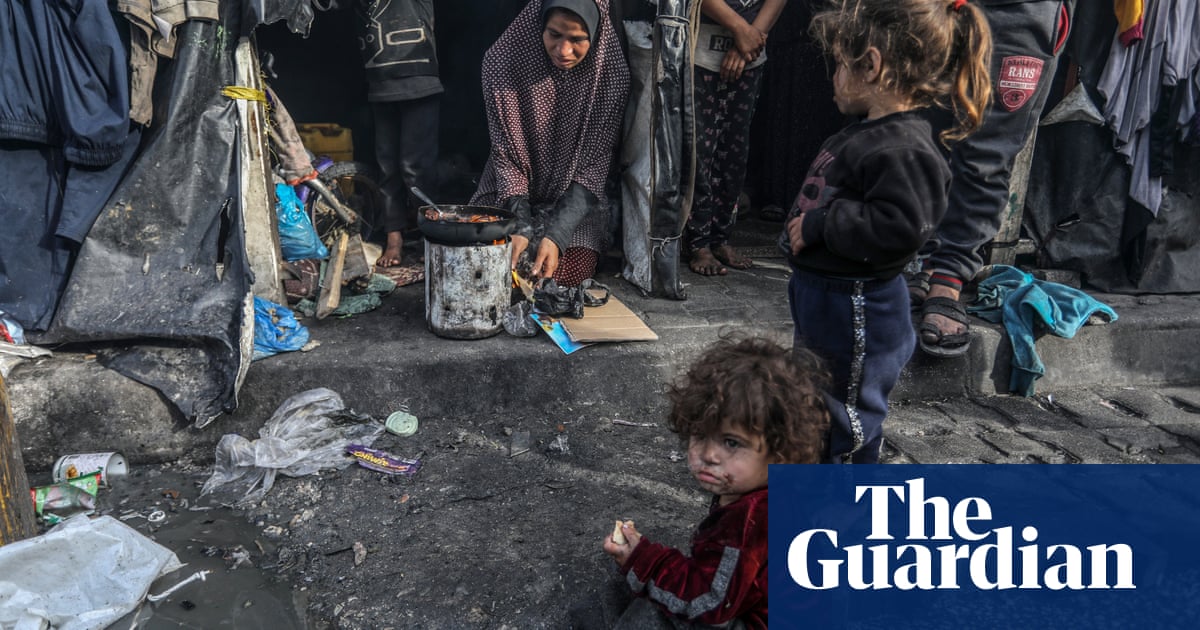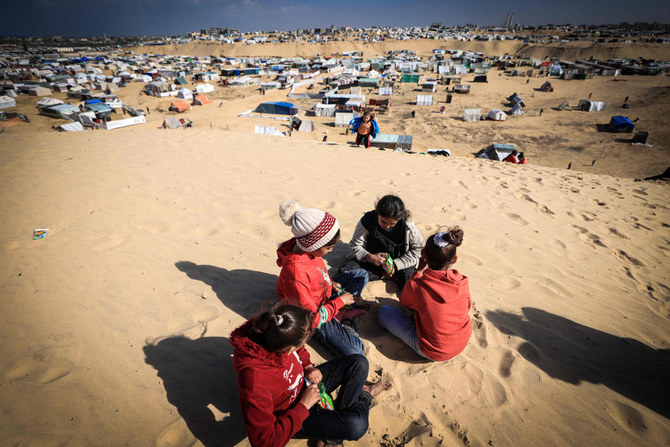
Getting enough supplies into and across Gaza now depends on opening supply routes and allowing more trucks through border checks each day.
ROME/GENEVA/NEW YORK: UN agencies on Monday called for faster and safer aid access to prevent famine and deadly disease outbreaks in Gaza.
The UN agencies warned that as the risk of famine grows, “a fundamental step change in the flow of humanitarian aid into Gaza is urgently needed,” according to a statement seen by Arab News.
The World Food Programme, UNICEF and the World Health Organization said that getting enough supplies into and across Gaza now depends on opening supply routes and allowing more trucks through border checks each day.
The agencies called for fewer restrictions on the movement of humanitarian workers and guarantees of safety for people accessing and distributing aid.
“Without the ability to produce or import food, the entire population of Gaza relies on aid to survive. But humanitarian aid alone cannot meet the essential needs of the Gaza people.
“The UN, international aid agencies and non-governmental organizations have so far managed to deliver limited humanitarian assistance in Gaza, despite extraordinarily difficult conditions, but the quantities fall far short of what is needed to prevent a deadly combination of hunger, malnutrition and disease,” the statement said.
Northern areas in the besieged Gaza Strip are experiencing severe shortages of food, clean water and medical assistance, it added.
“People in Gaza risk dying of hunger just miles from trucks filled with food,” said WFP Executive Director Cindy McCain. “Every hour lost puts countless lives at risk. We can keep famine at bay but only if we can deliver sufficient supplies and have safe access to everyone in need, wherever they are.”
The latest Integrated Food Security and Nutrition Phase Classification report found that the entire population of Gaza — about 2.2 million people — are in crisis or worse levels of acute food insecurity.
Almost all Palestinians in Gaza are skipping meals every day while many adults go hungry so that children can eat, the report said, warning of famine if conditions persist.
The WFP has provided food inside Gaza every day since Oct. 7, reaching more than 900,000 people with food assistance in December.
This required new ways of operating with local partners, including finding safe sites for distribution, channeling wheat flour into bakeries to resume production and distributing special food supplements to help children fight off malnutrition.
On Thursday, the WFP’s first food convoy to north Gaza since the humanitarian pause delivered supplies for about 8,000 people.
The conflict has also damaged or destroyed essential water, sanitation and health infrastructure and services, limiting the ability of humanitarian workers to treat severe malnutrition and infectious disease outbreaks.
Children at high risk
With Gaza’s 335,000 children aged under five especially vulnerable, UNICEF projected that, in the next few weeks, child wasting, the most life-threatening form of malnutrition in children, could increase from pre-crisis conditions by almost 30 percent, affecting up to 10,000 children.
“Children at high risk of dying from malnutrition and disease desperately need medical treatment, clean water and sanitation services, but the conditions on the ground do not allow us to safely reach children and families in need,” said UNICEF Executive Director Catherine Russell. “Some of the material we desperately need to repair and increase water supply remains restricted from entering Gaza. The lives of children and their families are hanging in the balance. Every minute counts.”
UNICEF has warned since November that children in southern Gaza are only accessing 1.5 to 2 liters of water per day, well below the recommended level for survival. To address this, UNICEF and partners have provided safe drinking water to more than 1.3 million people, but much more is needed to address the desperate conditions.
The UN agencies said that Israeli authorization to use a working port close to the Gaza Strip and border crossing points into the north is critically needed.
Access to Ashdod port, roughly 40 km to the north, would enable significantly more aid to be delivered and transported directly to badly affected northern areas of Gaza, which few convoys have managed to reach.




